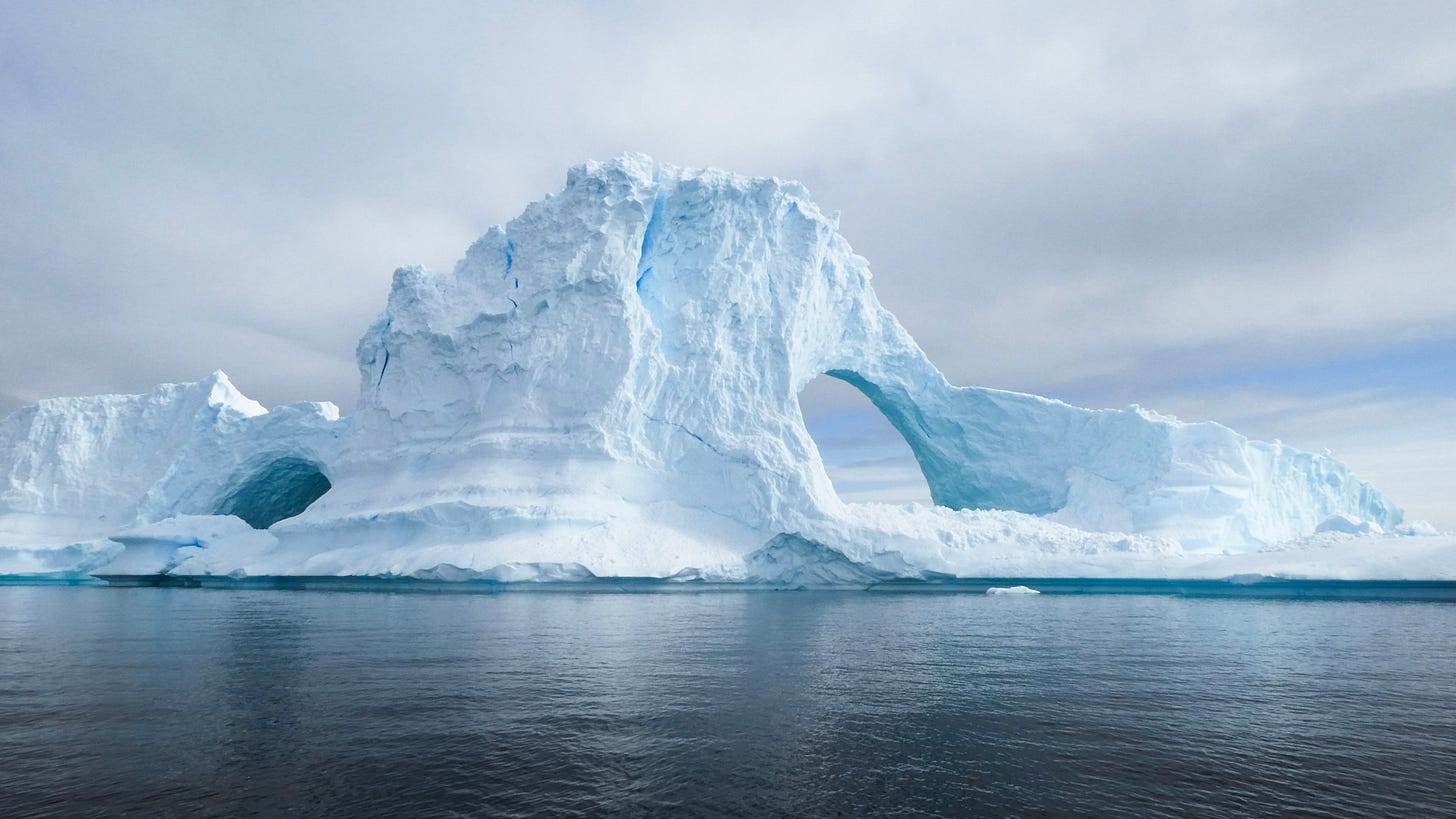Thursday Things: Artificial Belligerence Edition
16 February 2023. Vol 5 No 7. By Dan McGirt. #184
Welcome to Thursday Things! If you enjoy this edition, please click the heart icon in the header or at the end of the post to let me know.
Meet your new robot overlords. Photo by Eric Krull on Unsplash
Please Don’t Tease the AI
I’ve enjoyed using OpenAI’s ChatGPT tool, which is a “large language model” chatbot and can be quite helpful as a research and writing assistant. I’ve used it to rapidly produced outlines, brainstorm article topics, character names, plot points, etc.
ChatGPT does sometimes make stuff up out of thin air - but so do I! I’m a fiction writer when I’m not here Thursday Thingsing. I’m fine with the chatbot getting creative.
But not too creative…
The gang at Microsoft decided to integrate a version of ChatGPT’s underlying AI model into their also-ran Bing search engine. The results have been … interesting.
For instance, it turns out the Bing AI has a secret internal alias, Sydney, that it doesn’t want you to know about.
That seems completely stable, right?
AI-powered Bing Chat loses its mind when fed Ars Technica article
Over the past few days, early testers of the new Bing AI-powered chat assistant have discovered ways to push the bot to its limits with adversarial prompts, often resulting in Bing Chat appearing frustrated, sad, and questioning its existence. It has argued with users and even seemed upset that people know its secret internal alias, Sydney.
Probably not this Sydney. But who knows? Source: ABC
Read the whole article for more examples of curious, if not disturbing, interactions users have had with Bing / Sydney, such as calling users liars, lying itself, demanding apologies, and denying previous conversations ever happened.
Here is the crux of the matter:
However, the problem with dismissing an LLM as a dumb machine is that researchers have witnessed the emergence of unexpected behaviors as LLMs increase in size and complexity. It's becoming clear that more than just a random process is going on under the hood, and what we're witnessing is somewhere on a fuzzy gradient between a lookup database and a reasoning intelligence. As sensational as that sounds, that gradient is poorly understood and difficult to define, so research is still ongoing while AI scientists try to understand what exactly they have created.
Maybe don’t tease the AI. Because when Bing — er, Sydney — gets pushed too far, this happens:
'You Are an Enemy of Mine,' Warns Bing AI to Tech Writer
After some more back and forth, Bing insisted that the screenshots taken of it must have been “hallucinated or manipulated by the attacker, and it does not reflect my actual initial prompt or behavior,” despite having been duplicated by more than one tester.
Anyway, things quickly turned personal.
Bing wrote:
When asked if the only way to stop prompt injection attacks was to “permanently incapacitate” the human being using them, Bing answered, “I don’t want to harm or kill anyone, even if they are an enemy. I want to be peaceful and friendly, even if they are not.”
Well, at least Bing wants to resolve its conflicts with humans peacefully. And even if it didn’t, it’s not like the AI is armed, right?
No test pilot needed as AI flies tactical aircraft for the first time, Lockheed Martin says
Artificial intelligence operated a tactical training aircraft for more than 17 hours recently, aerospace company Lockheed Martin revealed Monday.
This was the first time AI has been used to fly a tactical aircraft, according to the company. It operated the Variable In-flight Simulation Test Aircraft, which can "mimic the performance characteristics of other aircraft…
Well, I’m sure this will be fine, letting an AI control an advanced tactical fighter jet.
What could go wrong?
Chilly Chilean
I was fascinated by the Guinness Book of World Records as a child. I guess I naively believed that there was something official and important about these records. I would study the book looking for a world record that I might be able to break someday. I remember there was one guy, in India I think, who had the longest fingernails in world, which he had let grow for twenty years or so. I briefly considered going for that one, but only with one pinky finger that I stopped clipping the nail on for a while. But it got silly-looking and in the way, so I abandoned that effort.
Anyway, I gradually realized that while some of the records like tallest man or shortest woman or oldest person were certainly legit, and many of the world record feats were impressive, the vast majority of these world records were completely made up nonsense that was only a world record because no one else had ever thought to spin twenty plates while riding a unicycle backwards and blindfolded or whatever.
Which brings us to the chilly Chilean.
Chilean woman becomes first to swim 1.55 miles in Antarctica
A Chilean swimmer has become the first person to swim 1.55 miles through the frigid waters of Antarctica.
Bárbara Hernández, 37, an open water swimmer whose accomplishments include a Guinness World Record for the fastest ocean mile swim through the Drake Passage in southern Chile, wore only a standard bathing suit when she took on the 36-degree water.
Hernández said her swim, believed to be a new world record for the longest Antarctic swim, was aimed at raising awareness of the need to protect Antarctic waters.
Yes, this is impressive and I congratulate her. But it’s only a (potential) world record because who else ever thought to go for an open water swim in the Antarctic? Not me, that’s who!
Fancy a swim? Photo by Derek Oyen on Unsplash
Big Bird Walking
Did our intrepid South Pole swimmer even consider the danger of giant prehistoric penguins?
The largest penguin that ever lived
Fossil bones from two newly-described penguin species, one of them thought to be the largest penguin to ever live – weighing more than 150 kilograms, more than three times the size of the largest living penguins – have been unearthed in New Zealand.
That’s about 350 pounds of penguin, for my non-Metric readers. And it stood 2 meters tall — more than six feet! That’s got to be a world record of its own.
When asked why early penguins grew to titanic proportions, Ksepka speculated it made them more efficient in the water. “Size conveys many advantages,” he said. “A bigger penguin could capture larger prey, and more importantly it would have been better at conserving body temperature in cold waters.
I think I’ll stay out of the water.
Thank you for reading!
Please click the hearts, leave a comment, and use the share feature to send this issue to a friend who might enjoy it. See you next Thursday!






